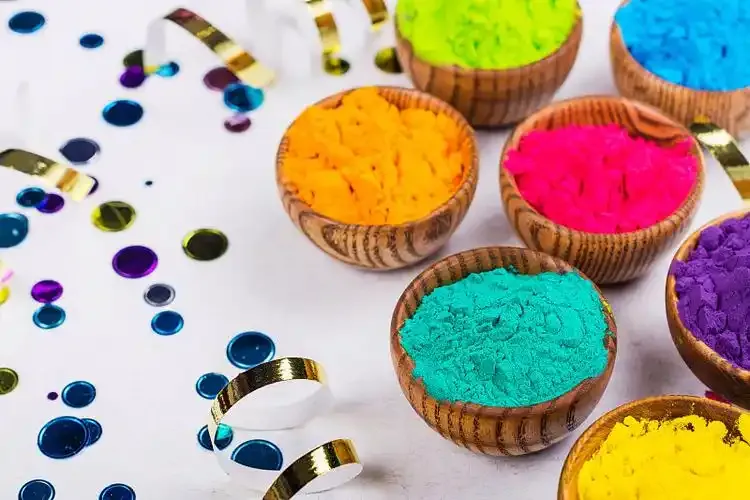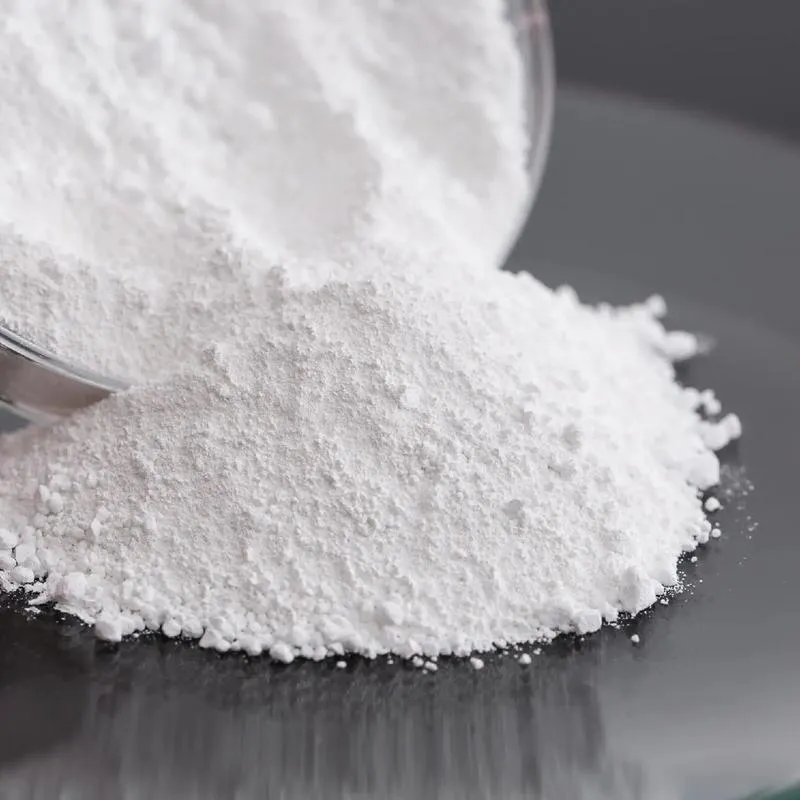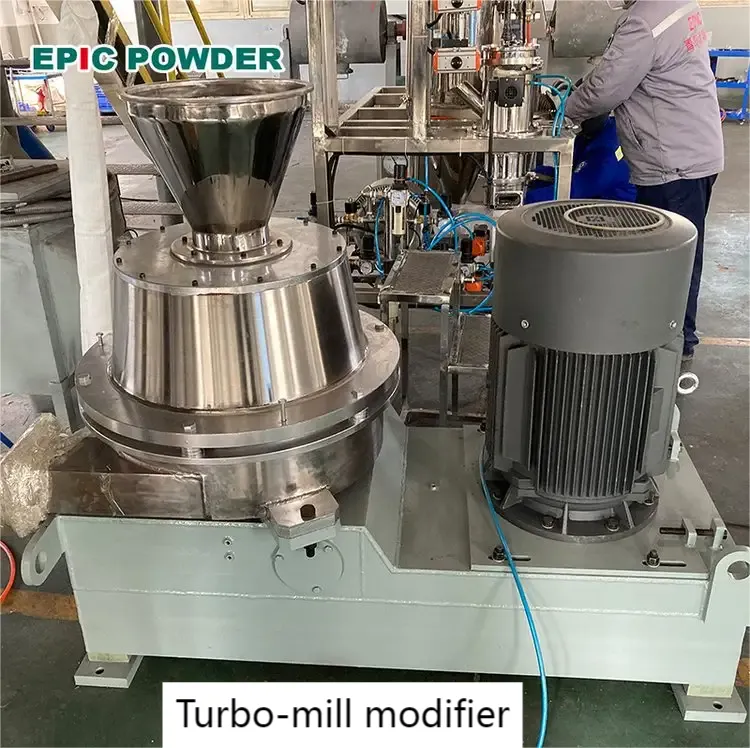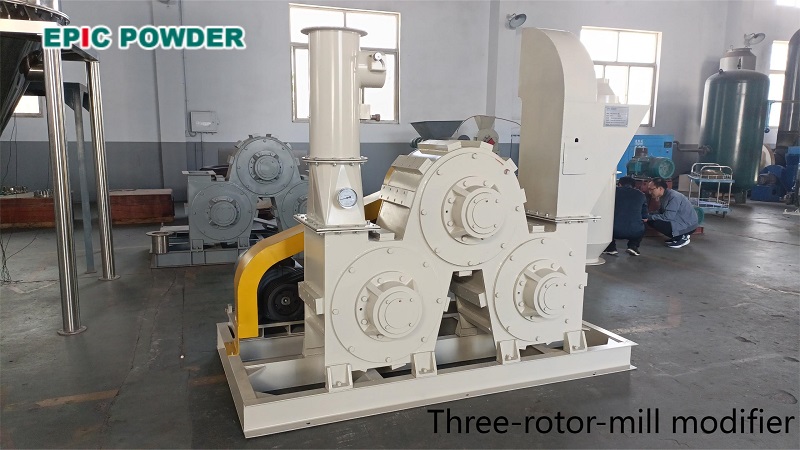Coatings can be seen everywhere in our lives, making our lives colorful. The most common coatings include paint, water-soluble coating, powder coating, etc.

Characteristics of fillers for coatings
Extender pigments for coatings, also known as fillers, include many compounds, mainly salts of barium, calcium, magnesium or aluminum, oxides of silicon or aluminum, or double salts derived from the first two substances, and they are widely used in coatings.
These fillers have two common properties: low refractive index (1.45-1.70) and white or nearly white in color. In coatings industry, the filler plays two main roles: one is to serve as skeleton and filler, reducing the resin dosage, and reducing production costs; the other is to improve the construction performance of the coating. For example: improve the flow and leveling of coating construction.
Application of calcium carbonate in water-based coatings
Water-based coatings are primarily composed of emulsion-based binders combined with various functional additives (dispersants, stabilizers, etc), fillers and pigments. They have the characteristics of environmental protection and excellent weather resistance. In recent years, its usage is increasing.

Studies have shown that when applied in water-based coatings, nano-calcium carbonate can replace 20%–30% of titanium dioxide and 100% of light calcium carbonate, and the indicators of water-based coatings, such as: contrast ratio, scrub resistance, alkali resistance, water resistance and aging performance are all improved by more than 50%.
Application of calcium carbonate in powder coatings
Most powder coatings are composed of resins, curing agents, pigments, and fillers. In terms of functionality, powder coatings have evolved from their initial role of anti – corrosion protection to a direction that emphasizes both decoration, protection, and functionality. Powder coatings are playing an increasingly important role in various industrial fields and people’s daily lives.
When studying the performance of different types of fillers in powder coatings, it was found that CaCO3 can be used as a filler for high-gloss products, and its glossiness is not inferior to other fillers. Other studies have pointed out that after CaCO3 fillers are treated with surfactants, coupling agents, etc., its dispersibility in powder coatings can be improved, the addition amount can be increased, and the appearance of coating films can be improved.
Important parameters for CaCO3 in powder coatings
| Parameters | High light calcium | Matting calcium | Ordinary calcium | Heavy calcium |
| Average particle size/μm | 1.15 | 5.14 | 1.5 | 2.7 |
| Specific surface area m²/g | 24 | – | ≥2.8 | ≤1.0 |
| Whiteness % | ≥98 | ≥98 | ≥97 | ≥98 |
| CaCO3 mass fraction % | ≥96 | ≥96 | ≥96 | ≥90 |
In addition, numerous studies have shown that when used as a filler, ground calcium carbonate modified with stearic acid and coupling agent, demonstrates significant improvements in processability and paint film gloss compared to ordinary calcium carbonate. Moreover, calcium carbonate modified with coupling agent enhances both the impact strength and adhesion of the paint film.

Qingdao Epic Powder Machinery Co., Ltd. is a manufacturer of powder processing equipment with rich experience and technical accumulation. Our products cover grinding equipment, classifying equipment, modification equipment and related auxiliary equipment.

Regarding modification equipment, our company has 3 types of continuous surface coating and modification equipment: pin-mill modifier, three-rotor-mill modifier and turbo-mill modifier. Their modification efficiency is high and their modification effect is long-lasting, which are recognized by the modification market.
If you need modification equipment to process calcium carbonate or other materials, or need other powder processing equipment, please contact our staff directly, we will provide you with a one-stop solution from equipment selection, scheme design to installation and commissioning, and after-sales service.
We look forward to working with you and sincerely hope to contribute to the development of your business.
Conclusion
In recent years, the penetration rate of calcium carbonate in coatings market continues to increase due to its advantages in cost, performance and environmental aspects, especially in the fields of construction, automobiles and powder coatings. With advancements in nanotechnology and surface modification processes, its applications will further expand into high-end and multi-functional areas, acting as a key material for the green and high-performance development of the coatings industry.
